Documentary Filmmaking Essentials: Start With Truth, Stay With Heart
Chosen theme: Documentary Filmmaking Essentials. Step into the craft with practical tools, field-tested wisdom, and stories that make you want to pick up the camera today.
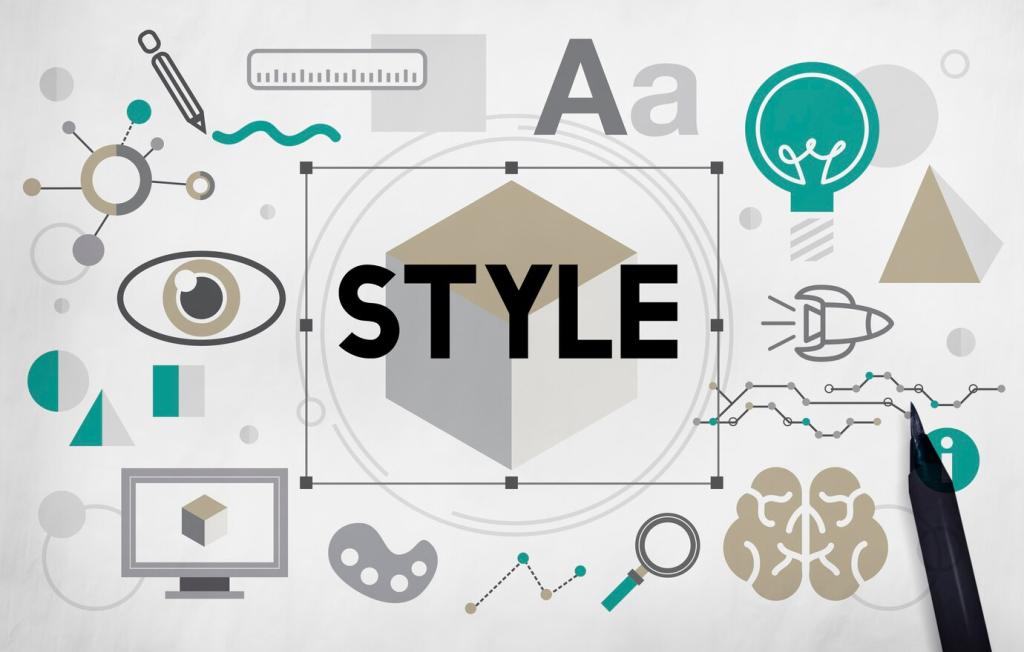
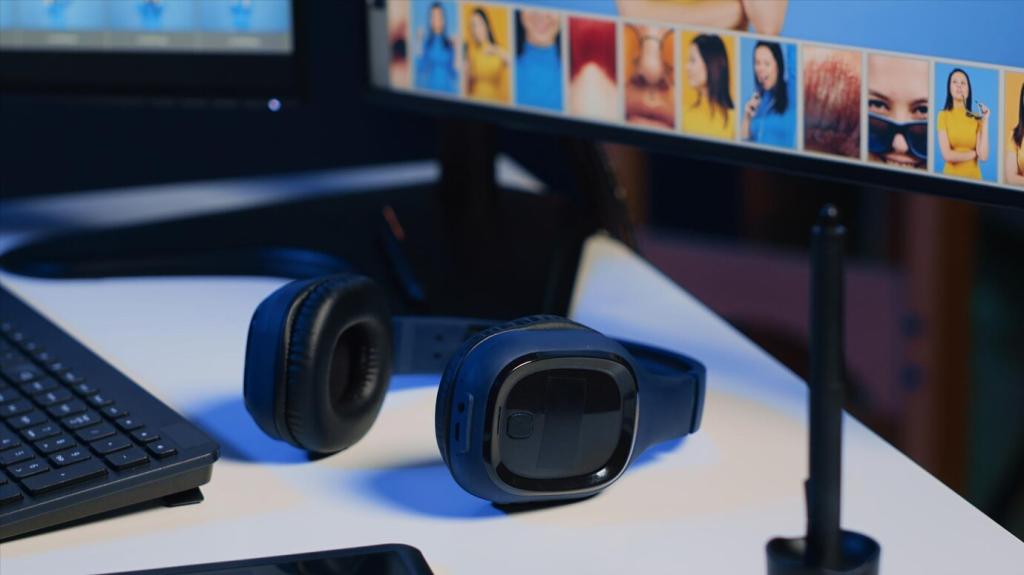
Finding the Core Story
Great documentaries begin as small questions. Turn your curiosity into a one-sentence logline that frames character, stakes, and setting. A director I know found her film inside a neighborhood boxing gym, distilling years of observation into one sharp, guiding sentence.
Research, Access, and Trust
Cold Calls That Warm Up
Prepare with specificity: explain why them, why now, and how filming serves their goals. On one project, we brought pastries to a union meeting, listened before pitching, and left invited back. Small gestures signal respect and patience better than glossy decks.
Consent as a Process
Consent is not a signature; it is an ongoing conversation. Share expectations, boundaries, and exit options. When a participant asked for a filming pause during grief, honoring that request deepened trust, resulting in richer access when they felt ready again.
Paper Trails
Maintain meticulous research notes, releases, and public records requests. File FOIA requests early and track correspondence in a spreadsheet. Want our request template and subject-line examples? Subscribe and comment; we will send the toolkit to engaged readers first.
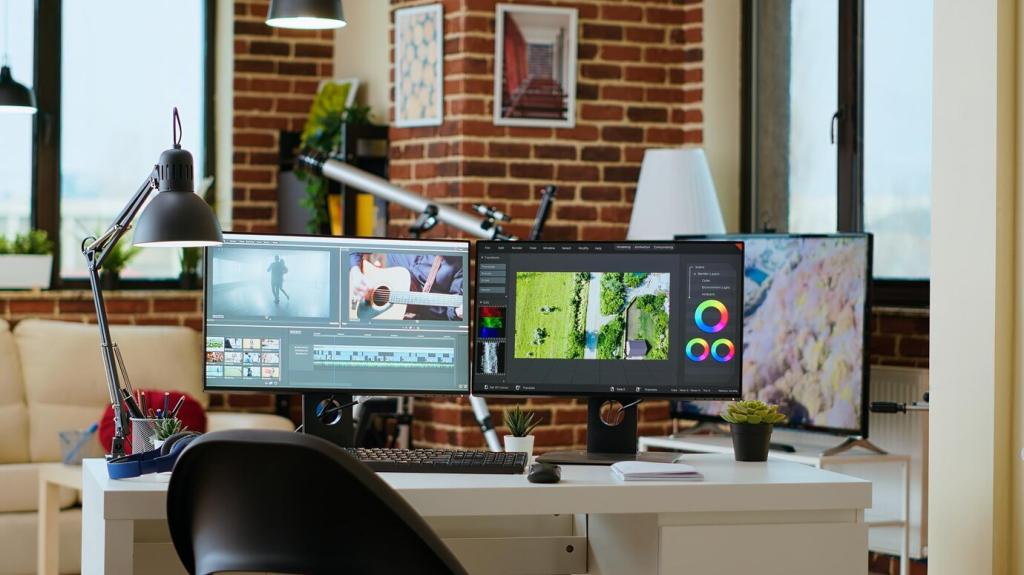
Think about who holds decisions, where cameras point, and who can say no. Invite collaborators to challenge you. Posting ground rules on the call sheet changed our hospital film, placing patient comfort above schedule, and every scene improved ethically and emotionally.
Ethics at Every Step
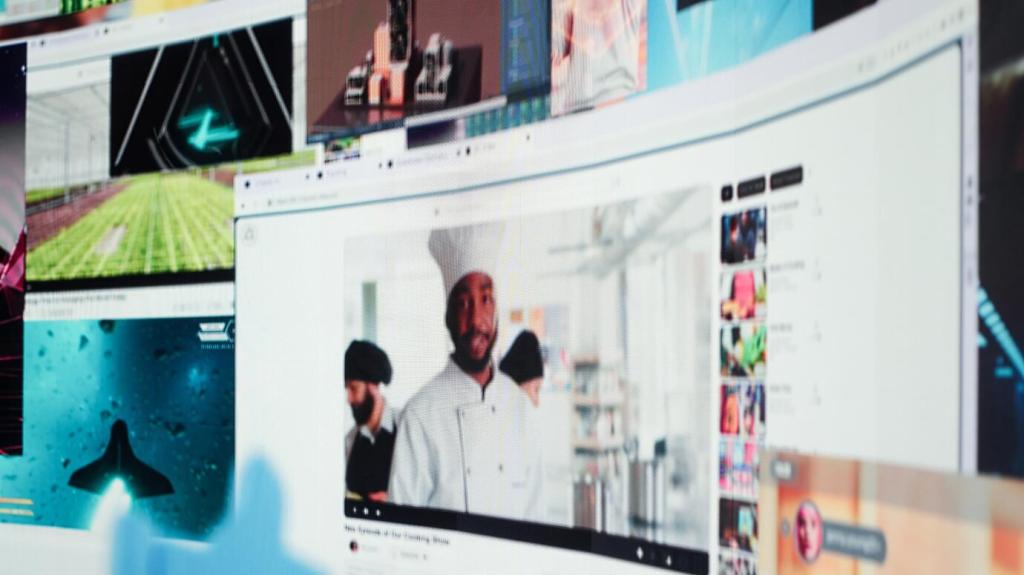

Cinematography for Reality
Favor natural light and small, battery-powered fixtures you can reposition quickly. In a cramped kitchen, a single LED bounced off a cabinet gave soft key while preserving intimacy. Share your favorite lightweight kit in the comments to help fellow crews refine.
Cinematography for Reality
Choose lenses that respect faces and spaces; 35mm and 50mm often feel honest. Keep eyelines consistent and backgrounds readable. When a mayor resigned mid-interview, our balanced frame let viewers concentrate on the admission, not on distracting visual theatrics.

Sound and Interviews
Use dual-system sound: a lav for consistency and a directional mic for presence. Always record room tone and label takes clearly. A well-placed plant mic once rescued hushed dialogue when a refrigerator hummed loudly during a crucial confession.
Sound and Interviews
Ask open questions, then wait. Silence invites truth. In one interview, we counted to five before speaking; the subject filled the space with an unprompted detail that reframed the film. Your listening habits shape revelations. Share your favorite prompts below.
Editing Structure and Story
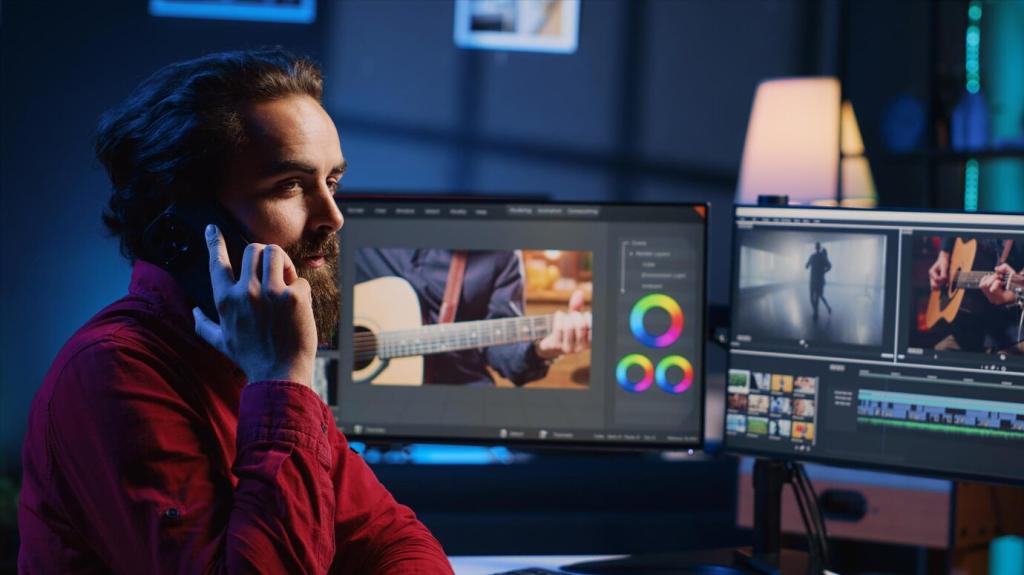
Start with a flexible beat outline and index cards on a wall. Expect to reorder everything. On our climate film, the midpoint moved to act one, unlocking urgency. Share a structure breakthrough you cherish; we will feature reader insights.
